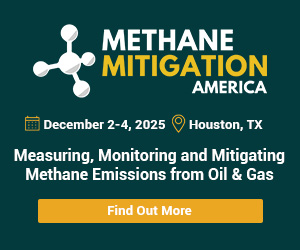
Some 781 dual-fuelled ships can now use LNG, according to ship certifier DNV.
“Based on today’s orderbook, the number of vessels will be 1,417 by 2030, but we expect this to increase as new orders are confirmed,” said Kristian Hammer, product manager AFI & senior consultant at DNV.
IMMEDIATE REDUCTION
Refuelling with LNG reduces emissions from fuel oil by 19% on a “well-to-wake” basis, which refers to emissions from extraction to usage, according to Mitsui O.S.K. Lines which owns the second largest shipping fleet.
It operates 15 LNG dual-fuelled vessels and has an additional 42 on order.
“Until zero or near-zero fuels are widely available, LNG remains a realistic decarbonisation option for shipping in terms of availability, cost-effectiveness, and safety,” the company said.
Danish shipping giant Maersk, which until last year focused only on green methanol as an alternative fuel, has ordered 20 LNG dual-fuelled container ships for delivery between 2028 and 2030.
TotalEnergies expects LNG to outpace other alternative bunker fuels methanol and ammonia after 2030.
“Renewable methanol and ammonia production remain in their infancy, with limited bunkering infrastructure and a lack of economic competitiveness against conventional fuels that need to be addressed before scalable adoption is possible,” it said.
REGULATIONS
Europe’s FuelEU regulation, which took effect this year, limits fuel carbon intensity for ships calling on ports there and is expected to drive adoption of LNG bunkering.
This month, an International Maritime Organization committee will vote on a rule drafted in April that imposes emissions fees on ships that breach it and rewards vessels burning cleaner fuels from 2028. However, the U.S. rejected the deal and a group of top shipping companies are demanding changes.
“Until the IMO regulations take effect, LNG-bunkering activity remains highly sensitive to LNG bunker prices, especially for vessels operating on non-EU routes,” said Rystad’s Friedmann.
LNG bunker prices were on average $247 per metric ton higher than marine fuel in the first nine months of this year, S&P Global data showed, though excess LNG supply set to come online towards the end of the decade is widely expected to pressure prices.

Reporting by Jeslyn Lerh and Florence Tan; Editing by Tony Munroe and Jason Neely
Share This:




 CDN NEWS |
CDN NEWS |  US NEWS
US NEWS 
































